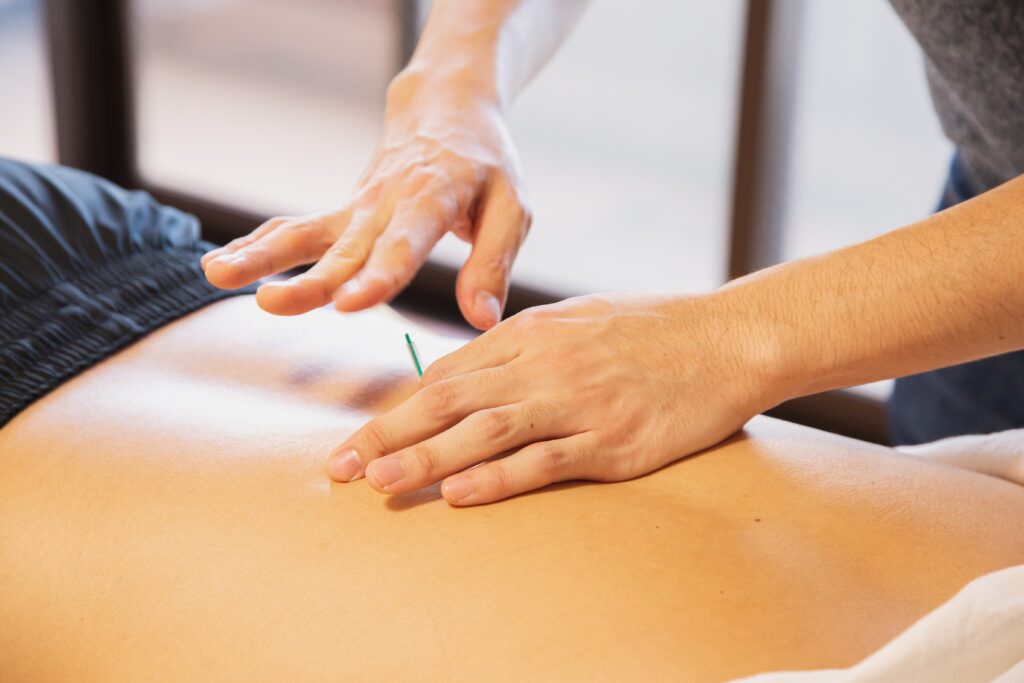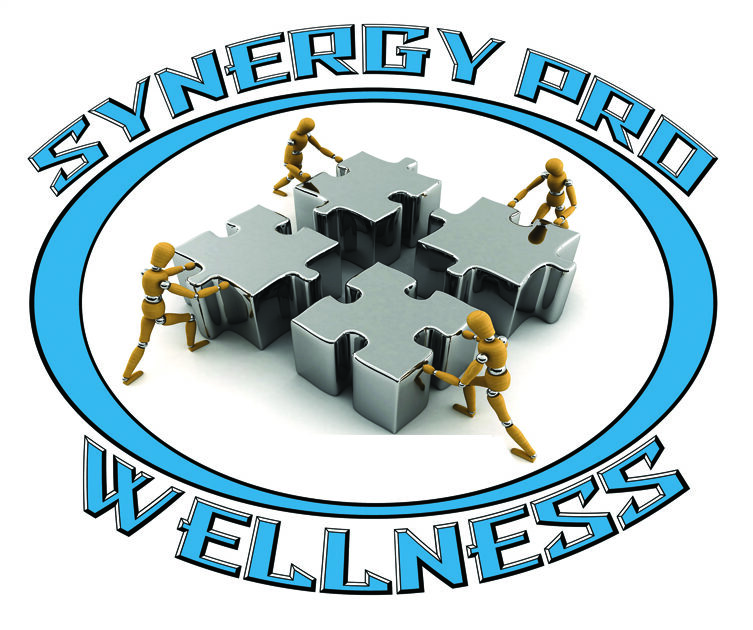Acupuncture

Acupuncture is a form of treatment that involves inserting very thin needles through a person’s skin at specific points on the body, to various depths.
Research suggests that it can help relieve pain, and it is used for a wide range of other complaints.
An acupuncturist will insert needles into a person’s body with the aim of balancing their energy.
This, it is claimed, can help boost well being and may cure some illnesses.
Conditions it is used for include different kinds of pain, such as headaches, blood pressure problems, and whooping cough, among others.
How does it work?
Traditional Chinese medicine explains that health is the result of a harmonious balance of the complementary extremes of “yin” and “yang” of the life force known as “qi,” pronounced “chi.” Illness is said to be the consequence of an imbalance of the forces.
Qi is said to flow through meridians, or pathways, in the human body. These meridians and energy flows are accessible through 350 acupuncture points in the body.
Inserting needles into these points with appropriate combinations is said to bring the energy flow back into proper balance.
There is no scientific proof that the meridians or acupuncture points exist, and it is hard to prove that they either do or do not, but numerous studies suggest that acupuncture works for some conditions.
Some experts have used neuroscience to explain acupuncture. Acupuncture points are seen as places where nerves, muscles, and connective tissue can be stimulated. The stimulation increases blood flow, while at the same time triggering the activity of the body’s natural painkillers.
In 2003, the World Health Organization (WHO) listed a number of conditions in which they say acupuncture has been proven effective.
These include:
- high and low blood pressure
- chemotherapy-induced nausea and vomiting
- some gastric conditions, including peptic ulcer
- painful periods
- dysentery
- allergic rhinitis
- facial pain
- morning sickness
- rheumatoid arthritis
- sprains
- tennis elbow
- sciatica
- dental pain
- reducing the risk of stroke
- inducing labor




